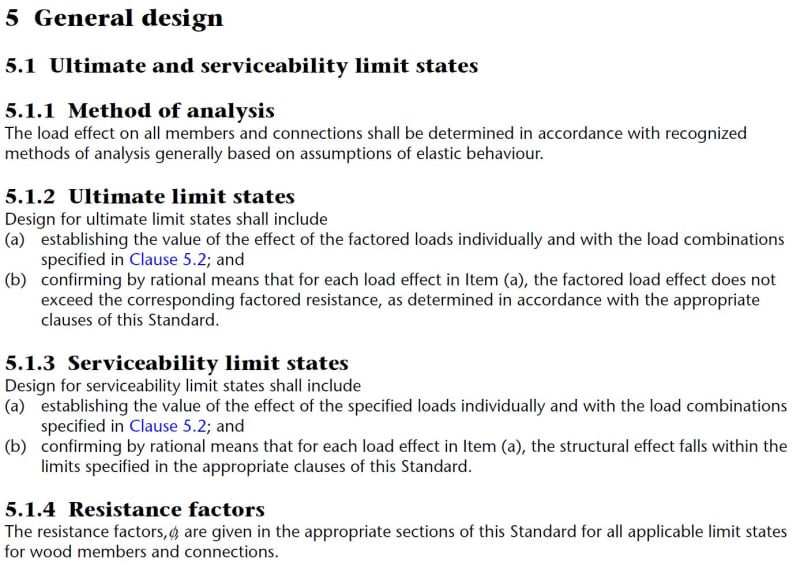Perception
Structural
- Feb 4, 2015
- 34
I am a faculty member that teaches wood design as part of an advanced structural design course.
In the past I've primarily taught ASD with a short introduction to LRFD wood design. My understanding has been LRFD wood design is not commonly used in practice given the extra factors and with the reference design values being in terms of stress already. I'm curious, is this still the case? For those that do regular wood design, how often are you utilizing LRFD vs ASD?
In the past I've primarily taught ASD with a short introduction to LRFD wood design. My understanding has been LRFD wood design is not commonly used in practice given the extra factors and with the reference design values being in terms of stress already. I'm curious, is this still the case? For those that do regular wood design, how often are you utilizing LRFD vs ASD?






![[2thumbsup] [2thumbsup] [2thumbsup]](/data/assets/smilies/2thumbsup.gif)